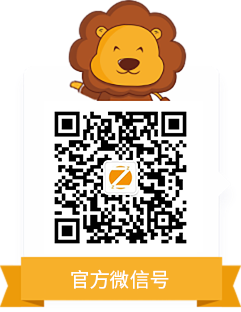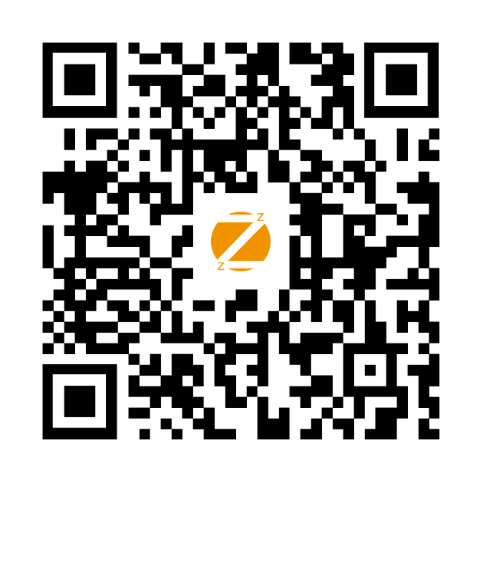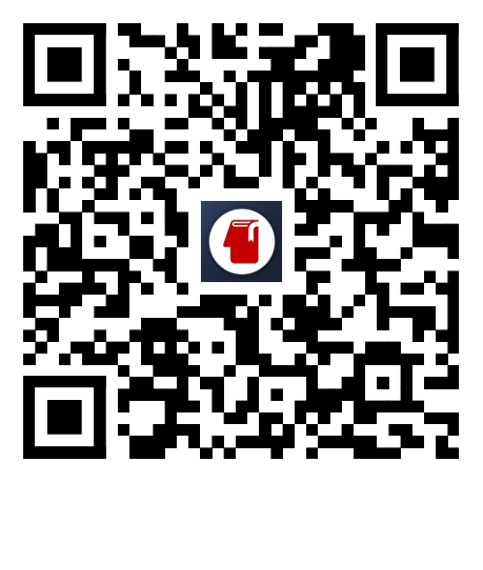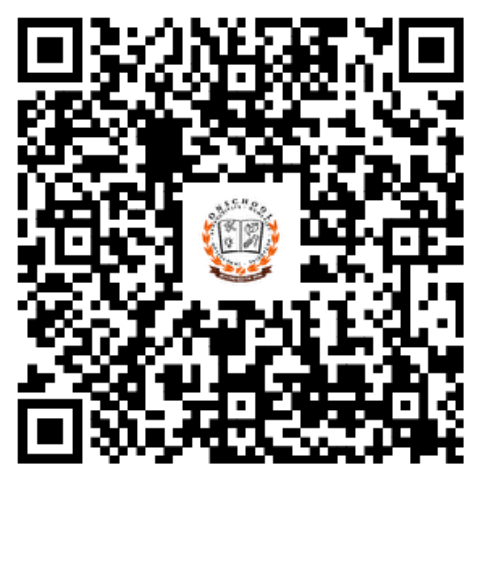2020培养三大特质,让你成为2020年的学习与发展明星!
2019-01-03 17:20:36 作者:安迪曼研究院 浏览次数:112
我的一名朋友让我去设想下三年后的学习组织及其学习与发展部门将会在做些什么,他希望这能够引导他们为未来做好准备。当我去试想这个问题的答案时,我意识到如果你及你的部门想在2020年成为学习与发展领域的明星,那么你们必须要培养三大特质。
以客户、学员为中心
学习部门将会百分之百地以客户为中心,而他们的“客户”即企业员工(而非企业部门):
1、每个人都会得到(且仅得到)他们需要及想要的。
2、不会再有所谓的基于某个岗位的“学习计划”。每个人将拥有个性化的学习计划。
3、学习组织帮助学员,让学员对自己的学习负责。
4、学习组织不再告诉客户要做些什么;客户告诉学习组织他们需要什么。只推动,不逼迫。
要支持这种以客户为中心的学习方法,学习组织需要具备灵活的、以客户为中心的新思维模式,而不是执着于开发一些可能很快会过时的教学内容。学习与发展部门将会变得高度灵活且能迅速以客户为中心运作。
当然,这种以客户为中心的学习方法的前提是学习与发展部门向每个客户都传达了组织对其工作角色的期望。学员要达成的组织期望、他们执行相关任务的行为及行为需达到的精通程度就是学员的目标能力模型。
保持好奇心
学习组织将会变得更加好奇,开始去探索本行业的一些其他的企业和他们服务的受众,这并不是因为他们要开发某些课程,而是因为他们需要进一步地熟悉客户(学员)的需求。
这将会促进组织变得更加灵活,以客户为中心,当然这要在学习与发展组织对其客户的需求和能力(能力模型)更加清晰的情况下才能做到。他们会更清晰地意识到基于能力的学习方法已有什么样的材料存在以及还有哪些需求需要满足。为了满足不断变化的需求,他们能够快速地做出转变来应对。
拥抱多样性
学习组织将提供可反映学员真实需求的相关材料:近70%的材料是活动材料,而20%是合作材料,剩下的10%则是正式材料。
未来的学习发展部门将会开发各种学习活动与体验、工具、模板、清单及在岗学习支持手段。实际上,当学员有新的需求时,学习与发展部门将问的第一个问题就是:“该人员能够通过什么样的活动习得该技能?”
未来的学习发展部门将会为提供科学的手段来支持组织辨别各类任务型教练。组织中的所有人在日常工作中都可能要承担教练及学员的角色;这将会成为组织文化的一部分。
未来的学习发展部门还会继续开发新的课程内容,但更多的将是开发微课程,即能够一次性吸收消化的短时课程。目前微课程已经存在,但使用频率较少,通常都是针对大型的复杂化主题或是针对接触学习主题的新人而使用。
拥抱多样性的一部分就是要意识到你可能没办法为你的学员提供其所需的全部内容。未来的学习与发展部门不再将自己视作代理人,他们会更开明地融汇外部及内部的内容与资源。当环境的变化带来了新需求时,组织的学习团队能够提供即时资源,满足学员的新需求。
因此,如果你希望在2020年成为学习与发展明星的话,现在就该行动起来了:
1、确定学员将要具备哪些能力(提供能力模型)
2、让学员确定他们目前拥有哪些能力,缺乏哪些能力。
3、让学员为减小能力差距、达成自己的雄心壮志及为自身的职业生涯发展担责
4、利用相关信息及学员对自身能力模型的自觉性,为学员提供基于能力模型的学习内容与灵活的学习选项,让学员能够轻松学习并消化学习内容。
5、让学员能够一键获取他们所需的全部学习资源,方便快捷。你不需要创建整个学习生态系统,只需要在其中添加获取教练帮助的链接就可以方便学员获取支持。
3 Traits That Will Make You a Learning and Development Rock Star In
Wednesday, March 22, 2017 - by Cheryl Lasse
A friend asked me to visualize the learning organization in three years and what their L&D department should do to get ready. As I thought about the answer, I realized there are three traits that will make you and your department a rock star in 2020.
Be Customer- and Learner-Focused
The learning department will be 100 percent customer focused and the “customers” are the employees (not the departments):
Each person will get exactly (and only) what they need and want. There will no longer be role-based “learning plans.” There will only be a personalized learning plan.
End users will own their learning and hold themselves accountable, and the learning organization will make this possible.
The learning organization will not tell customers what to do; the customer will tell them what they need. All pull, no push.
To support this customer-focused approach, the learning organization will have an agile, customer-focused mindset, rather than creating content that may quickly become obsolete. L&D will be highly responsive and can pivot quickly.
This customer-focused approach can only exist when L&D can provide customers with the organization’s expectations for their role. The expectations are the tasks they must perform, the behaviors that make the tasks executable, and the required levels of proficiency. That’s a competency model.
Be Curious
The learning organization will get curious and start to explore the industry of the company they are in and the audience they serve, not because they have a course to create, but to be intimately familiar with customer (learner) needs.
This will facilitate responsiveness and customer-focus, all in the context of what L&D knows their customers need to be able to do (the competency model). Competency models help L&D know how to serve their customers. They will become aware of what materials exist or need to be created for competency-based learning. They can pivot quickly to meet changing needs.
Embrace Diversity
The learning organization will provide materials that reflect true customer needs: approximately 70 percent will be activity based, 20 percent will be collaborative, and 10 percent will be formal.
Learning will identify activities and experiences, along with tools, templates, checklists, and the like to support learning on the job. In fact, when a new need is identified, an L&D rock star will first ask, “What activity could this person perform to learn this skill?”
Learning will provide technology that supports identification of task-based mentors. Everyone in the organization is likely to be both a mentor and a mentee on a regular basis; it will simply become a part of the organizational culture.
Learning may still create content, but more will be microlearning—short content that can be easily consumed in bite size pieces. The course as we know it today may still exist, but be used sparsely, mostly for large complex topics or for those who are new to the topic.
Part of embracing diversity is recognizing that you don’t have to own everything your audience needs. L&D rock stars will instead think of themselves as brokers, curating the best content and resources internally and externally. When a need arises because of a change in the environment, the learning team will be able to provide some resources within days to meet the new need.
So if you want to be a learning and development rock star in 2020, start now: Identify what people need to be able to do (provide a competency model).
Let them identify and own what they can and can’t do.
Let them be accountable for closing their own gaps, achieving aspirational goals, and preparing for the next step in their career.
Use that information, and deep awareness of their competency models, to provide competency-based learning with flexible options that reflect the way people learn and make sure it’s easily consumable.
Make it fast and easy by providing one-click access to everything they need, recognizing that you can better serve the audience by linking to options throughout the learning ecosystem, rather than creating it all.













